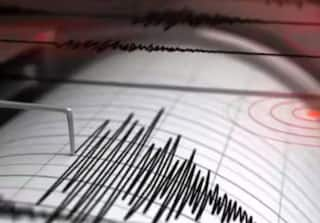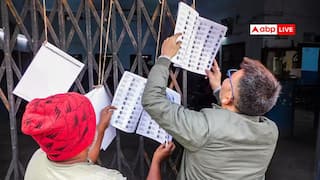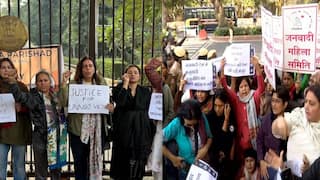Telecom Infra Should Have Same Industrial Electricity Tariff Rates, Will Help Spur 5G Rollout: COAI
COAI is pushing for load aggregation for telecom sites to avail the green open access energy.

Cellular Operators' Association of India (COAI), the telecom industry's representative body, has requested that industrial tariffs for electricity be charged to the telecom sector instead of commercial rates, and that power connections be promptly provided to telecom infrastructure facilities. It has been stated that this is necessary due to the criticality of services and the socio-economic benefits that result from faster 5G implementation.
According to SP Kochhar, the Director General of COAI, the telecom sector is an infrastructure industry and, as a result, should be charged at industrial rates. However, the industry is still charged commercial rates for power, which is causing a financial burden. The telecom industry's electricity consumption is placed in one of the highest tariff brackets, whereas telecom tariffs in India are among the lowest.
ALSO READ: Tier-2, Tier-3 Indian Cities See Significant Improvement In Experience With 5G
COAI has urged various states to apply industrial tariffs to the telecom sector, as it is essential for healthy progress in the sector, overall business benefits, and socio-economic growth and prosperity. During the pandemic, the telecom sector supported almost all businesses and services, indicating the criticality of telecom connectivity.
The association has also requested "priority electricity connection" to be provided in a predictable time-bound manner. Kochhar has explained that assured supply of electricity is essential for the base transceiver station (telecom towers) to operate without interruption, reducing the need for diesel generators and enabling telecom operators to achieve sustainable profits.
ALSO READ: As India Prepares For ‘6G By 2030’, Here’s What The Next-Gen Network Will Bring To The Table
COAI is pushing for load aggregation for telecom sites to avail the green open access energy. It suggests that electricity consumption at each telecom site should be allowed to be aggregated and offset with green power generated at distant locations, enabling higher technology intervention in sectors like education, healthcare, and agriculture.
By addressing these demands, the proliferation of telecom infrastructure would increase, leading to better and deeper penetration of telecom connectivity across states, including for advanced 5G networks. The increase in the number of network elements due to 5G deployment would more than offset the perceived financial impact on the state caused by industrial tariffs being lower than commercial tariffs.






































